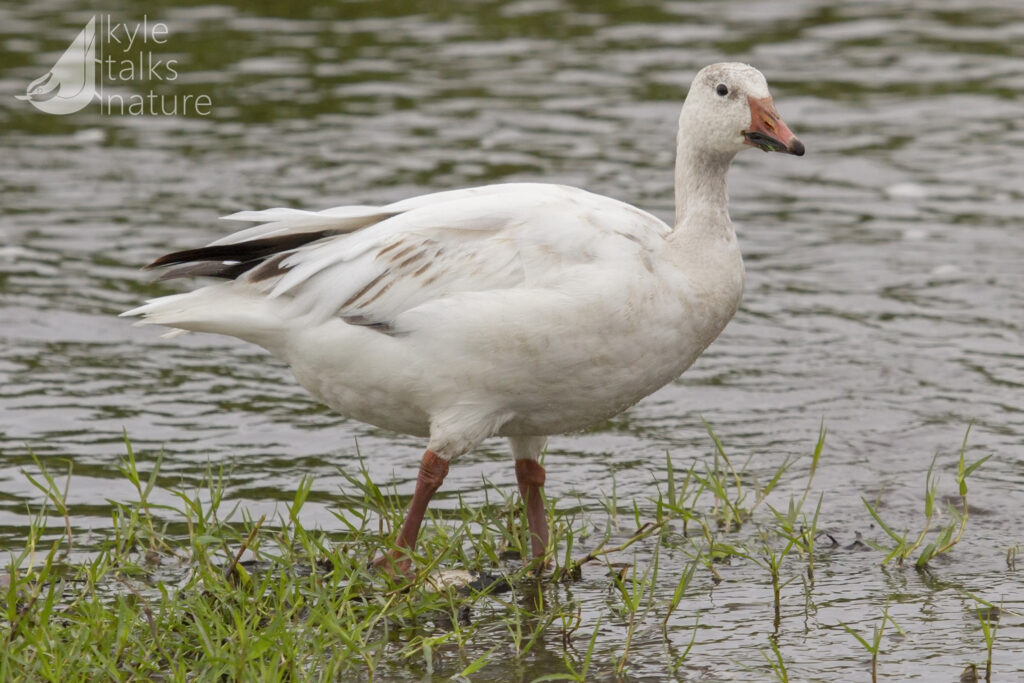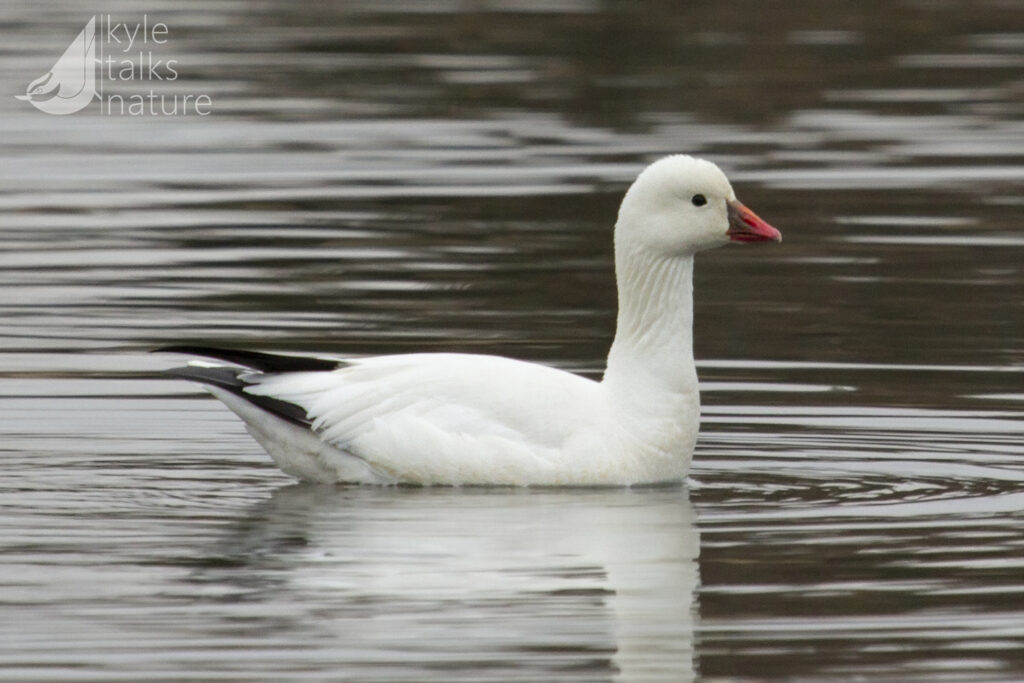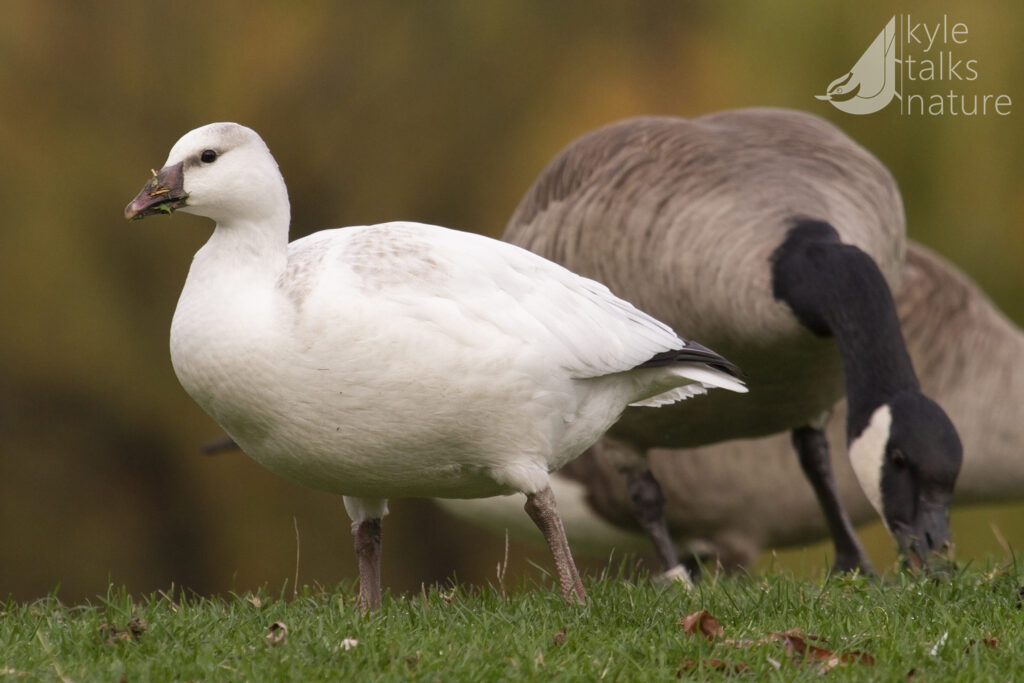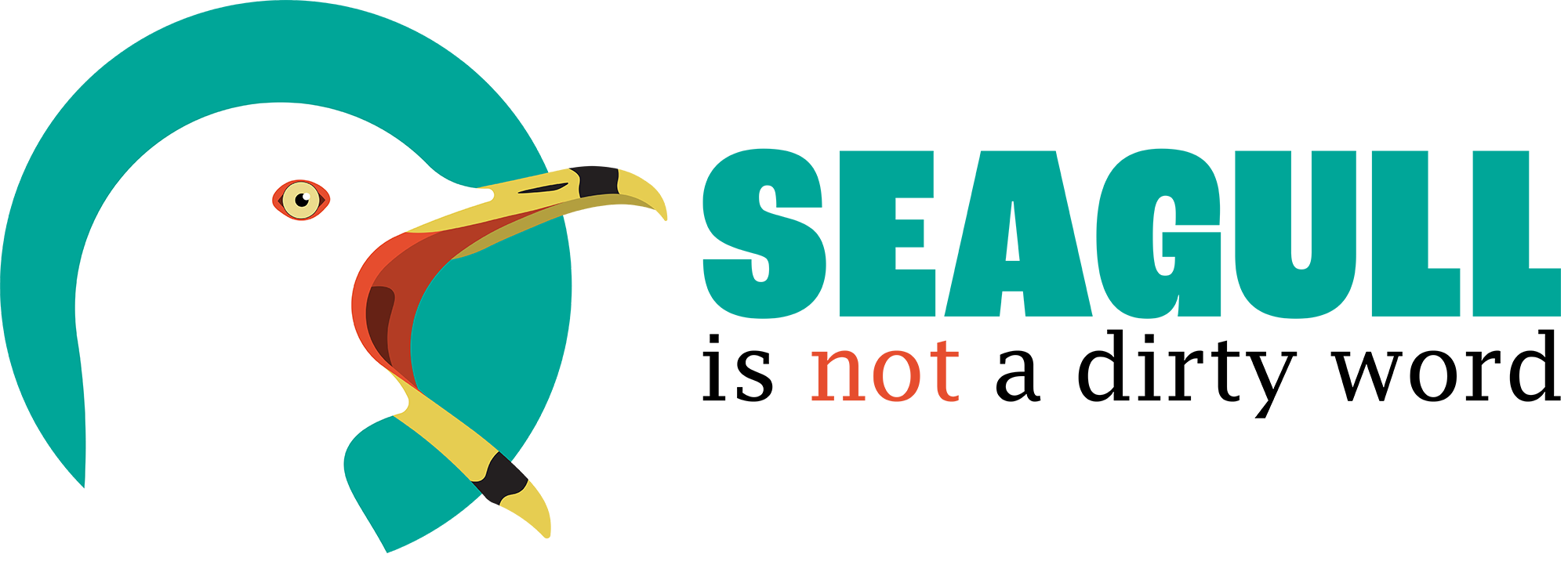A warning. This is my longest, and probably most fatuous post to date. For ease of digestion I have broken it into three short chapters. Still kinda long. You have been warned.
Chapter 1 – The Problem with Experts
I’ve always admired people who are singular of focus…those who have a defining passion which they pursue with great fervor, and in doing so achieve mastery. Maybe that passion is a physical pursuit like rock climbing, marathon running, or hockey. Or perhaps it’s a mental game like chess, virtuoso piano playing, or Rubik’s Cube solving. In either case, achieving an expert level of performance in one’s chosen discipline is something I’ve long aspired to.
I’ve come to realize, though, that there’s a small chance I may not be exactly like Alex Honnold, Wayne Gretzky, or Bobby Fischer. That maybe not everybody is equally equipped with the drive and focus it takes to become uniquely exceptional at one thing. I’m a great starter, sure, and I love to learn, but my issue is really one of follow-through.
I learned to play the piano, for example, but I will never be a virtuoso. I know how all the chess pieces move but I will never be a grandmaster. I take up running for a few weeks every summer, but the marathon remains tantalizingly out of reach. It turns out that I am more than a little distractable, and once learning the minutiae of one thing becomes less interesting than learning the broad strokes of another, my interest tends to shift.
I have often tried – always in futility – to fight this tendency of mine, but these days I seek to embrace it. My wandering focus has allowed me to become moderately proficient at lots of things, even if I may not be exceptional at any. I like to think of myself as a classic jack-of-all-trades, master of none. And I’m ok with that. Mostly.
I suspect that if you met me, and we chatted for a few minutes, you might surmise that birding is the exception to my concentration problems. I certainly talk about it a lot, and I may even convince you that I know a thing or two. It has held my interest longer than any other pursuit in my life, and I like to think I’m somewhat decent at it. I’ve even managed to make part of my living from it, which has been more than a little validating.
However, while I consider myself an alright birder, I would not claim or pretend to be an expert on any particular aspect of birding, or to be an exceptional birder in general. I just don’t have the focus to achieve that elite level of birding prowess. I have known a select few birders who do, and I have been amazed by what one can learn and know when birding is pursued to the exclusion of all else. It’s just not for me.
Like my lack of expertise in rock climbing or chess, I try to accept this. I love showing people birds and helping new birders learn the craft, but I don’t need to be the best. I’m good at identifying birds to a point, but I tend to wander away from the discussion when it turns towards things like gull hybrids or crossbill subspecies or vagrant late-fall empids. It’s just not my bag, and I’m more than happy to admit what I don’t know, which is a lot.
But sometimes, when I listen to other birders or read things in birding groups online, I feel little pangs of inadequacy. Mostly this happens when somebody shares a photo of a difficult bird or asks a challenging question, and I see just how many birding experts there are in the ‘comments’ section. Apparently not everybody shares my lack of focus, and indeed there seem to be so many expert ornithologists in this province I can hardly imagine when I’ll find the time to read all their dissertations.
If you’re sensing some sarcasm – or maybe even a smidge of annoyance – that’s probably because one of the many things I’m not great at is hiding my feelings. The source of my irritation is, fundamentally, that while it takes many years of study and field experience to become an expert birder, it’s relatively easy to talk like one. Even easier online.
This means that when you read the ‘comments’ section under that challenging photo, some of the comments are written by genuine experts and others by armchair birders who wouldn’t know a Nelson’s Gull if it bonked them on the forehead. The kicker is that if you are a non-expert reader, you often have no viable means to tell the two apart. So you have no choice but to assign the comments equal weight and value.
This phenomenon creates a fundamental problem in the way that birding is learned, especially in the day and age of Facebook groups and Discord apps. Fewer birders are learning from books and other reliable resources, and more are gleaning their knowledge from online discussion among other birders. And of those birders who present themselves as experts, only some are. It doesn’t take long before new birders, armed with an array of questionable information, turn around and present themselves as experts on the next tricky photo.
We live in an age – in birding and beyond – where you can be taken as an expert if you sound like one. Where real experts are indistinguishable from those who pose, and good information is tough to filter from bad. Which brings me to the reason I started this rant in the first place (it took longer than usual, didn’t it?) – white geese.
Chapter 2 – The White Goose Conundrum
Ok, here’s a quick backgrounder. There are two species of white, Arctic-breeding geese in North America: the Snow Goose and the Ross’s Goose. Both migrate to the southern United States and Mexico for the winter. The larger Snow Goose migrates across much of the continent while the smaller Ross’s Goose sticks mostly to the prairies. This means that when a Ross’s Goose makes a dalliance to the east, it is often a cause for some excitement.

Before you can get too excited, though, you have to know how to identify a Ross’s Goose when you see one. You should know that the Snow Goose is larger (though there is variation in size), it has a large bill with a dark ‘grin’ patch, and adults have some yellow staining on the head and neck. By comparison the Ross’s Goose is smaller (think big duck) with a stubby bill, little or no grin patch, and an immaculate white head and neck. There are other, smaller details that figure in identification too, but that’s a good place to start.
Oh, and they hybridize.
That final point should be the nail in the coffin of my interest in this issue, because identifying Ross’s Geese is hard enough and I can hardly be bothered to try and guess the genetic heritage of the small, forbidden-love-child goose I’m staring at. Except, as it turns out, that I’m more than a little obstinate and I can’t stand people pretending to be experts on things they’re not. And that is how white geese have become the small hill on which I plan to die.
Here’s what happens. Somebody excitedly reports a Ross’s Goose they found in a local pond or something. They post a picture and the goose looks good – it’s small, the beak is stubby, the head is clean, etcetera. People are happy. Then someone, who is either a goose biologist or a person who has seen a picture of a Ross’s Goose online (or, I suppose, is somewhere in between) drops this bombshell:
“The bill profile is wrong for a Ross’s Goose…this is clearly a hybrid.”
Once the hybrid suggestion is out there, the experts pounce and there’s no going back. The bill is too long, the grin patch is too big, the profile isn’t cute enough, the bill margin is the wrong shape…the shadow of doubt has been cast, and it shall not be lifted. Hopes are dashed. Dreams are ruined.
I feel, at this point, that I should take a break from my sarcasm to make a few qualifications. First, hybrids absolutely exist and there’s every chance that the Ross’s Goose you saw is one. Second, there are some real experts out there who know much (much) more than I do about this subject. But I think there are four fundamental problems with the way we discuss these geese, some of which probably pertain to the way we discuss other birds as well. They are:
- A lack of consideration for individual variation among Ross’s Geese.
- A likely overestimation of the frequency of hybrid geese relative to pure Ross’s Geese.
- A lack of experience with geese of known genetic makeup.
- Hubris.
I promise I’ll try to be brief. Let’s begin with the issue of variation.
We can comfortably start from the understanding that geese are variable. Canada Geese are hugely variable, as are their close cousins the Cackling Geese. Snow Geese are crazy variable too. There are differences among subspecies, between males and females, and simply among individuals. But the poor Ross’s Goose is given no leeway.
We have an exceptionally narrow definition of what constitutes a pure Ross’s Goose, and if any one characteristic seems slightly off, that goose becomes a de facto hybrid. And yet we know that they are sexually dimorphic in overall size at least, and there is reasonable suggestion that this dimorphism may extend to bill characteristics like length and grin patch. There also seems to be a good suggestion that bill morphology changes as the bird ages, looking more “hybrid-like” when they are young. And hey, maybe you’re just seeing long-billed Larry, and just because he was born a little different doesn’t mean he doesn’t belong.
It seems to me that there is very little good information (that I can find, anyway) on just how variable this species can be, and our assumption of “not variable at all” may be a fundamental flaw in how we treat these birds.

Another critical piece of information that’s difficult to find is the frequency with which Snow Geese and Ross’s Geese hybridize. We know that it’s not insignificant, but I’ve always found it odd that many eastern birders treat hybrids as more likely to appear than pure Ross’s Geese. Is that because there are more of them? I couldn’t find any hard numbers here, but that assumption seems intuitively unlikely.
Here, to me, is the fundamental crux of this situation. Most birders have established their boundaries of what constitutes a Ross’s and what constitutes a hybrid, almost entirely by viewing birds of unknown genetic makeup. People will say “that bird is definitely a hybrid” while having literally never seen a small white goose for which they actually know the parentage. Unless folks have some genetic-sampling binoculars that I’m unaware of, this is the undeniable truth.
So people see a big goose with a grin patch and figure it must be a Snow. Then they see a small goose without a grin patch and figure that’s a Ross’s. Then they see a goose that’s somewhere in between and they surmise it must be a hybrid. As they see more geese, these lines get more defined, but all without an actual baseline understanding of where they should be drawn in the first place. Yes, there are field guides to learn from, but most guides display only ‘typical’ individuals of a species, and birders are left to sort out the grey areas on their own.
Which brings me neatly to my fourth issue: hubris. It turns out that birders freaking love to know more than the birder next to them, and nothing illustrates that sophisticated knowledge better than pontificating profoundly on some piece of minutia like subspecies or hybrid identification. It’s a win all-round really – you get to sound smart and use some big words, you can correct people and feel morally superior, and few people have the true expertise needed to hold your feet to the fire. There’s a nifty feedback loop too, because when you speak like an expert people assume you are one, and the more they treat you like one, the more you believe it.
***If you’re a super-dork and you want to read some interesting discussion about this particular ID challenge, or you want to verify that I’m not completely talking out of my ass, check out the links at the bottom of this post.
Chapter 3 – Moving Forward in the Chaos
So now that you know the entire birding world is all turmoil and chaos, how do you move forward in your beloved hobby? Who do you trust, and what do you do about those damn white geese?
Naturally I have opinions on both matters, but I’ll deal with the latter first. I should be clear that I’m not claiming to know the answer for every white goose. I am not an expert, and I try my best to avoid the temptation to speak like one. But I am a firm believer in accepting what we don’t – or can’t – know (like the genetic makeup of a goose in the field) and simply doing the best we can with what we do.

It is with that in mind that I propose the following. This is my opinion only, and I’m sure others will have many opinions of their own that I may very well hear about. Nevertheless, if you see a white goose, I believe you should:
- Record it as a Snow Goose if the majority of features suggest it, including large size, a long bill, a big grin patch, a curved bill-base, and yellow-stained head.
- Record it as a Ross’s Goose if the majority of features suggest it, including small size, a stubby bill, a small or absent grin patch, a straight bill-base, blue at the bill-base, and an unstained head.
- Record it as a hybrid (SNGO x ROGO) if it has strongly intermediate features.
- Record it as an unknown (SNGO/ROGO) if you feel uncertain, or if the stress of reporting it makes you want to vomit.
- Take pictures when possible, and attach them to your report so we can all continue to learn about these tricky geese.
To me it seems that the best we can do as avid-birders-slash-non-geneticists is trust what we see, allow for a little variation, be open to discussion, and take our best shot based on the balance of characteristics. I don’t believe that slight aberration in a single characteristic should be used to push a potentially pure bird into hybrid territory. Interbreeding between these species likely goes back to their speciation, and any Ross’s Goose could have some small fraction of Snow in its family tree (or vice versa). Without genetic sampling, all we can do is group them based on what they look like, not who their parents or grandparents were.
More broadly, I think it’s important to question everything and everyone as you’re learning the craft of birdwatching. This may make the learning seem a little more daunting, but you’ll be a better birder for it. Recognize that not everybody who speaks like an expert is one, and sometimes the true experts are the quieter voices. Collect your information from a wide variety of sources, and understand that our knowledge is constantly changing and evolving. What’s accepted as true today could be thrown out the window tomorrow.
And if you are the type of person who frequently speaks like an expert (don’t think I don’t know the temptation), maybe ask yourself some questions. Is the way you speak consistent with your level of knowledge? Are you open to learning, being corrected, or accepting that others may know more than you? Could you be wrong in some fundamental assumption, or lacking some critical piece of information? Are you helping other birders be better, or are you feeding an ego?
On re-reading, this has become significantly more wide-ranging than the stupid rant about white geese I intended it to be. Maybe it was never really about white geese at all. Maybe I just needed to yell into the void for a minute. Whatever the case I suppose you can take from it what you will, which may be nothing but mild bemusement at the ravings of a slightly annoyed birder. That’s probably best.
An Addendum:
If you really want to dive into the debate about white goose ID it can be a challenge, as really solid information is hard to find. There are, however, lots of opinions. Here are a few places where it’s been discussed at length, and everything I touched on above is hashed out in more detail. Beware the rabbit hole:
In Advanced Bird ID Facebook Group (public):
- https://www.facebook.com/groups/357272384368972/permalink/3401121679984012/
- https://www.facebook.com/groups/357272384368972/permalink/2772721249490728/
On Flickr:

